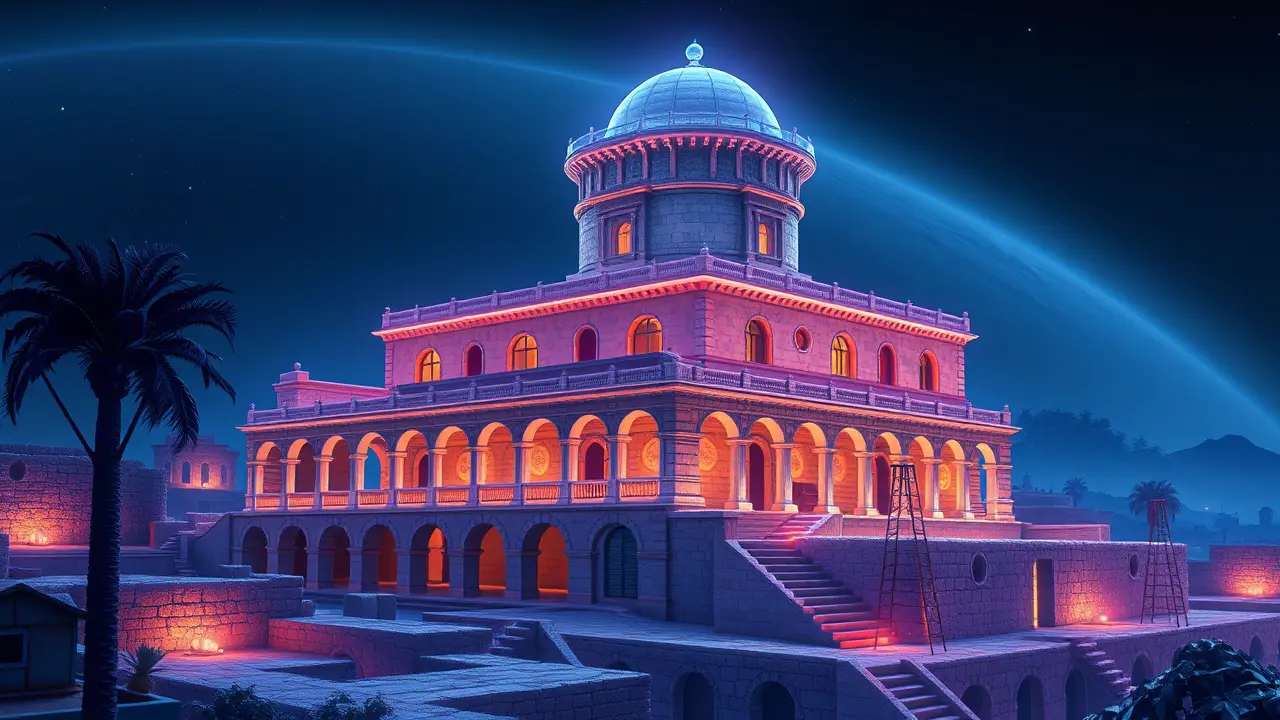
SciencearchaeologyAncient Civilizations
Pompeii's Elite Built Tower-Topped Villas, Now in 3D.
TH
Thomas Green
4 hours ago7 min read2 comments
The recent digital reconstruction of Pompeii's elite villas, revealing their once-overlooked tower structures, is a discovery that fundamentally recalibrates our understanding of ancient urban luxury, akin to finding a new exoplanet in a familiar solar system. For decades, the narrative of Pompeii, frozen in time by the catastrophic eruption of Mount Vesuvius in 79 AD, has been dominated by its public forums, bustling shops, and the poignant plaster casts of its victims.The domestic sphere, while extensively studied, often focused on ground-level frescoes and atriums. Now, sophisticated 3D modeling techniques, employing laser scanning and photogrammetry, have pierced through the volcanic debris and centuries of assumptions to show that the city's wealthiest patricians weren't just building out; they were building up.These towers, some rising several stories, were not mere functional additions but potent status symbols, introducing a specific architectural vernacular previously associated with sprawling country estates—the *villae rusticae*—into the very heart of the city. This was the ancient equivalent of a modern billionaire installing a private helipad on their Manhattan penthouse; it was a deliberate, vertical assertion of power and privilege, allowing the elite to literally look down upon their neighbors and enjoy panoramic views of the Bay of Naples, a vista previously reserved for the gods and the eagles.The engineering itself speaks volumes about Roman ingenuity. Constructing such lofty additions onto existing urban dwellings required advanced understanding of load-bearing walls and foundation stresses, a testament to an architectural ambition we rarely attribute to densely populated ancient cities.Dr. Alessandra Ricci, a lead archaeologist on the project, suggests these towers may have served multiple purposes: as luxurious belvederes for entertaining, as private libraries bathed in superior light, or even as astrological observatories, connecting the homeowner to the cosmos.This discovery challenges the homogenized view of Roman urban planning, revealing a competitive landscape where social standing was measured not just in square footage but in air rights. It paints a more nuanced picture of Pompeii not as a city in stasis, but as a dynamic, evolving metropolis where the elite constantly sought new ways to differentiate themselves, a human impulse as timeless as the volcanic rock that preserved their ambitions. The 3D models do more than reconstruct rubble; they resurrect a mindset, allowing us to virtually ascend those stairs and glimpse the world as Pompeii's one-percenters saw it—a world of beauty, power, and an imminent cataclysm they never saw coming.
#archaeology
#Pompeii
#3D reconstruction
#Roman villas
#elite architecture
#editorial picks news
Stay Informed. Act Smarter.
Get weekly highlights, major headlines, and expert insights — then put your knowledge to work in our live prediction markets.
© 2025 Outpoll Service LTD. All rights reserved.